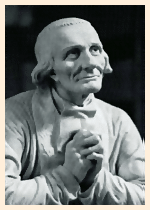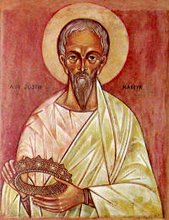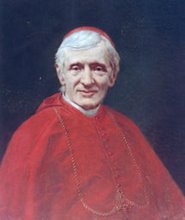My notes on the second chapter of Michael Davies book, "Pope Paul's New Mass".
This chapter details many of the documents from a bewildering assortment that came out of the Vatican in the 1960s concerning liturgical changes.
Reading through this chapter gives one a sense of how the Church in the 1960s changed from being Mission to being a bureaucracy. I was a boy in the 1960s and even then I had a strong sense of how strange and unreasonable were the many changes in the Mass and the number of missals that we got through in a few years. As we know, what took place in the Church during the late 1960s was a Public Relations disaster.
What took place during these years was anything but that which the Second Vatican Council had asked for. As Davies says in this chapter, "the Council did not order a new Order of Mass but a revision of the old." (p57)
The reform of the Church's Liturgy requires, as Pope Benedict said, a care study of "Sacrosanctum Concilium", the Council's Document on the Liturgy. The Council did not ask for a butchering job!
Reading through this chapter makes one aware of just how much in a rush was the Committee which Pope Paul VI established to implement the Council's wishes. As a result, the "contrast between the theory and the reality of liturgical reform" (p40) could not have been greater.
Davies puts his finger on the essential thread running through these documents; that what really matters "is not what they authorise that was not authorised before, but what they forbid that was not forbidden before." (p37) And that their authors secured papal endorsement for their revolution. (p42)
Davies again keenly sees another key principle - that in Paul VI's Apostolic Constitution "Missale Romanum" of 1969, the Pope derogates (modifies) from Quo Primum in ending the prohibition to use any other Rite than the Missal of Pius V. (cf,53) But he does not at the same time abrogate that Rite.
This, together with what Davies set out in Chapter 1, enables us to see the Missal of Pius V as a Rite that belongs to the Church, a Rite that belongs to the very reality of the Church and to all the baptised. And that what took place in the late 1960s amounts to an unprecedented act, one of imposing on the baptised a Rite that it had neither possessed before, nor had asked for. What took place in 1969 had never happened before in the life of the Church. What took place in the late 1960s could be seen as an act of clericalism - an executive committee of clergy demanding something of the whole Church. Whereas, what Quo Primum did, was to secure the Missal of Pius V - which already belonged to the faithful, as properly their possession. Quo Primum and Missale Romanum are two very different acts, neither is excluded by the other, but they are so different in their approach that, I don't think, we have even begun to reconcile what the second act did, and therefore, how these two acts relate with one another. The reality is that the Missal of Pius V belongs to the Church, as it always did. The Missal of Paul VI has come, seemingly, out of nowhere. Where does that leave us?
Now, I do realise that the right to use the Missal of Pius V is a complex issue. Various Indults, together with Summorum Pontificem, have brought this issue forward. But there remains the implicit reality that anyone in the Church has the moral right to either celebrate or participate in the celebration of Mass according to the Missal of Pius V.
Pope Benedict's call, that the Church should study Sacrosanctum Concilium goes to the heart of what needs to done - to bring into focus the status of Quo Primum and Missale Romanum, and of how they are actually related, and of what that means for the Liturgical Reform to date.


















